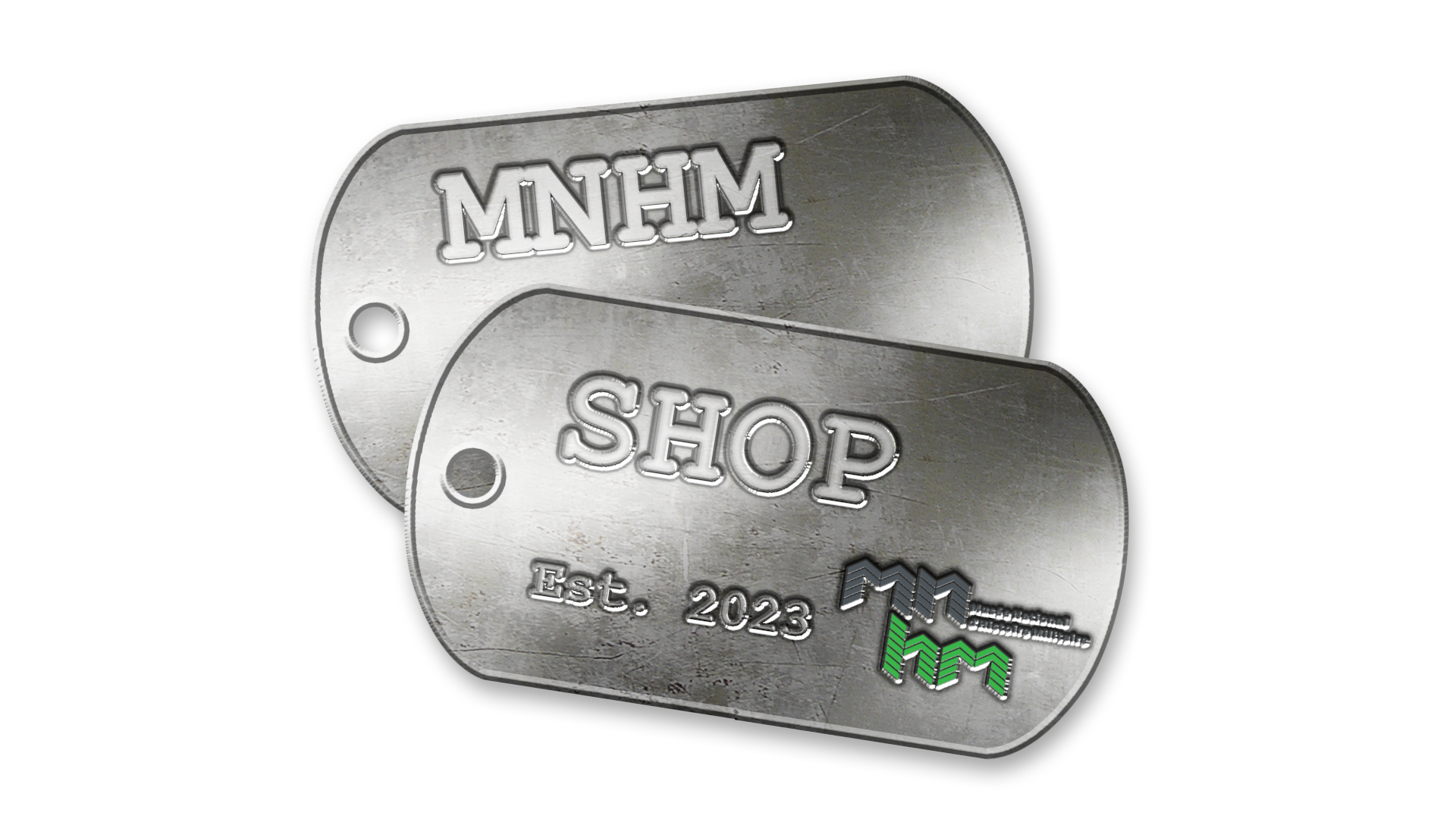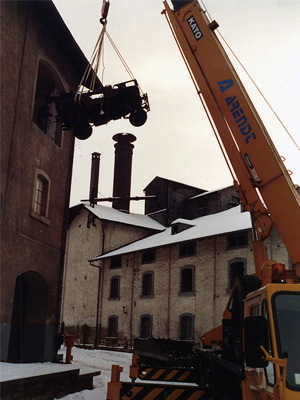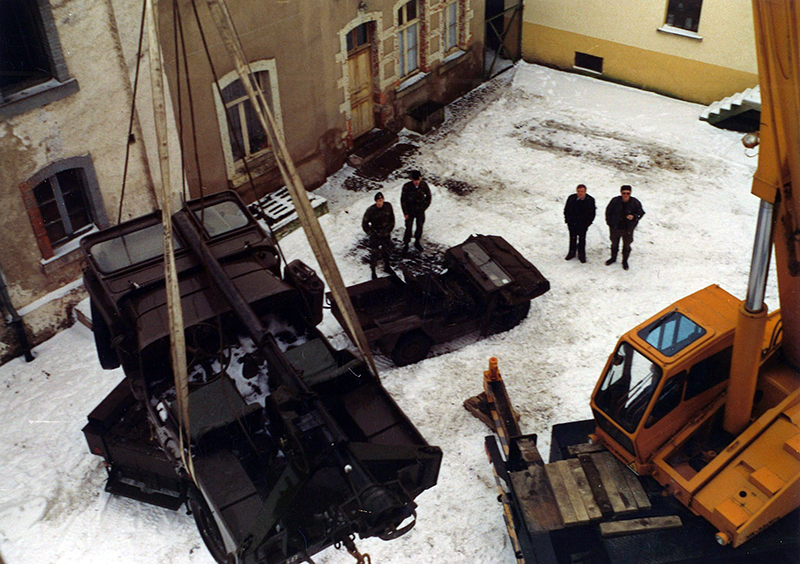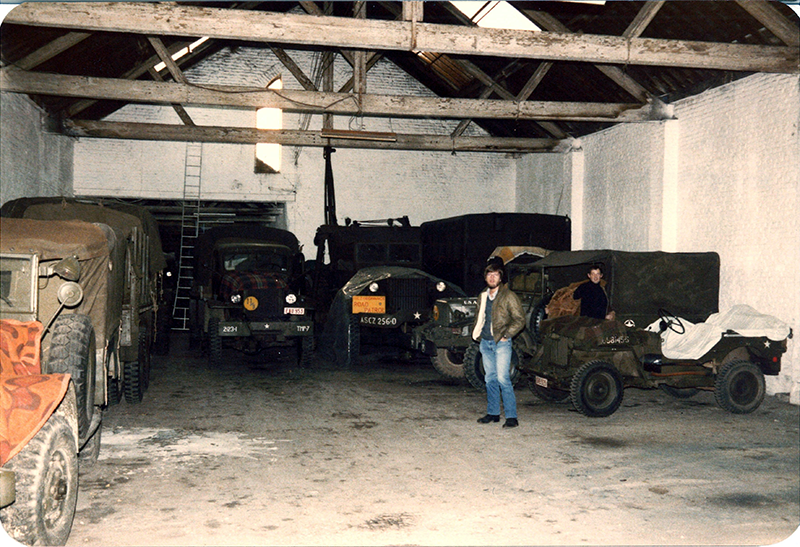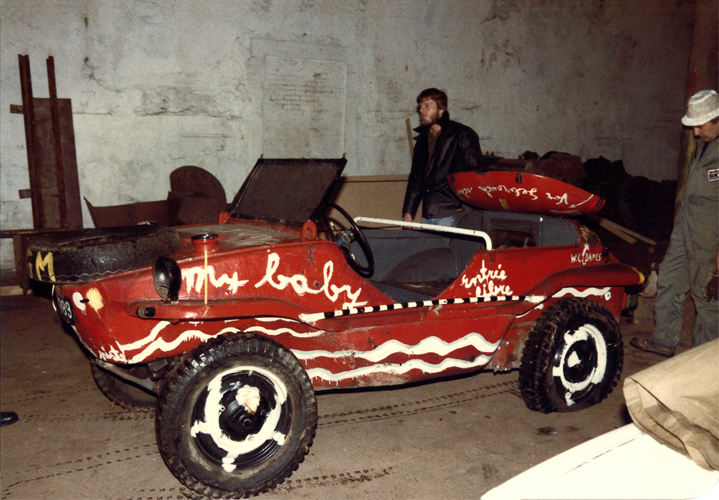ABOUT US
The National Museum of Military History in Diekirch, Luxembourg
Started in 1982 by a handful of enthusiasts and volunteers, the National Museum of Military History has grown over all those years into a key attraction of international renown due to its impartiality and balanced representation of events.
“Never again!”. This outcry heard so many times from the direct witnesses of the horrors of the last World War nurtured a spirit of cooperation and peace that needs to be kept alive and promoted today. Indeed, the wounds inflicted by the Second World War have in the meantime largely healed. Former opponents have turned into friends, good neighbors and partners.
“Never again!”. This outcry heard so many times from the direct witnesses of the horrors of the last World War nurtured a spirit of cooperation and peace that needs to be kept alive and promoted today. Indeed, the wounds inflicted by the Second World War have in the meantime largely healed. Former opponents have turned into friends, good neighbors and partners.
Until recently, it was the dedication of the veterans and the direct witnesses that guaranteed the transmission of historical remembrance to the post WWII generations, be it through visiting museums, memorials, former battlefields, military cemeteries, organizing veteran commemoration events or simply promoting the active dialogue between the generations. However, seeing the inevitable disappearance of these “first hand” carriers of Memory, one needs to move on to different means of informing the larger public about the horrors of war. It is precisely this task that the National Museum of Military History in Diekirch intends to pursue as its key objective. Contributing to “passing of the torch of remembrance” is the informative, yet objective and impartial representation of one of the most striking chapters of WWII, namely the “Battle of the Bulge” of 1944/45.
A series of large-scale life-size dioramas, thematic exhibits, weaponry, uniforms, vehicles, military gear, countless original photographs and many personal artifacts illustrate how the combats of 1944/45 affected our region. The museum sees it as its top mission to keep the memory alive without simplistic analyses or black-and-white dualism.
A wide array of more than 3.500 square meters provides immersion into this period from an American, German and civilian point of view. Further sections of the museum portray the history of the Luxembourg army since 1945, the fate of the Luxembourg soldiers of WWI, WWII and the Korean War 1950-53, as well as their numerous humanitarian and peacekeeping missions.
A wide array of more than 3.500 square meters provides immersion into this period from an American, German and civilian point of view. Further sections of the museum portray the history of the Luxembourg army since 1945, the fate of the Luxembourg soldiers of WWI, WWII and the Korean War 1950-53, as well as their numerous humanitarian and peacekeeping missions.

